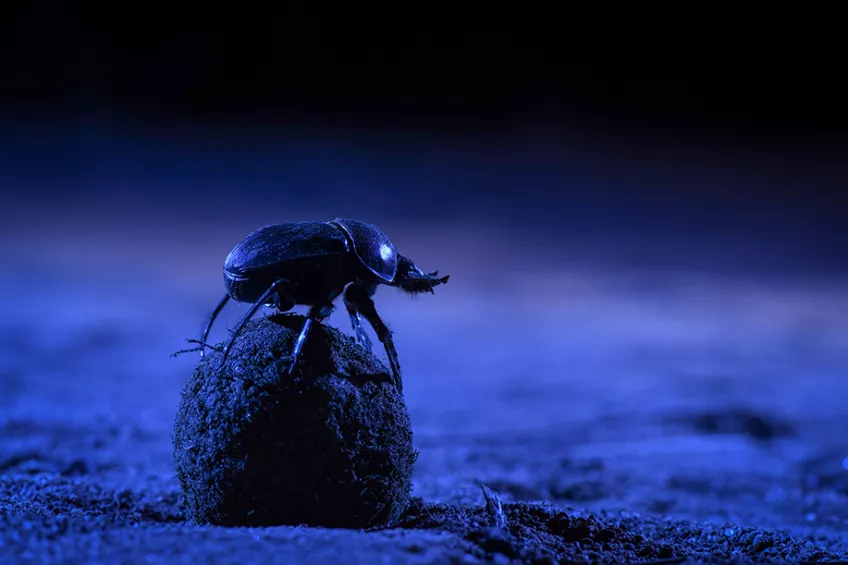Examples of ongoing research
The Faculty of Science has outstanding research in many different fields. On this page, we present a few examples from the faculty´s extensive research.
Animal super senses and the development of life on earth
A number of our research groups in biology study fascinating super senses of everything from dung beetles to seabirds. The knowledge provides clues to animals’ behaviour and could lead to new inventions. Our researchers also study the development of life on earth. Objects of study include the appearances of animals and plants that lived millions of years ago and dramatic events that influenced their lives.
Climate change
State-of-the-art climate change research is also carried out at our faculty. Researchers from various disciplines work from different perspectives to produce models and scenarios of how the climate could change. They also study how we can best adapt to, and mitigate, climate change.
Future materials and effective medicines
A number of our research groups are working to develop the materials of the future. The research leads to more environmentally friendly and efficient solutions to meet the challenges in everyday life and industry. Finding methods to speed up diagnosis and to develop new effective drugs with fewer side-effects are other ongoing research projects.
Origins of the Milky Way and nature's smallest components
Our astronomy researchers actively participate in, for example, the hunt for the origins of the Milky Way. At the faculty we also study nature’s smallest component parts, requiring large accelerators, efficient detectors and clever computer software. A number of our researchers work at the experiment stations at CERN and at several other research facilities in different countries.
Find research and researchers
Find more information about the faculty's research and researchers.
